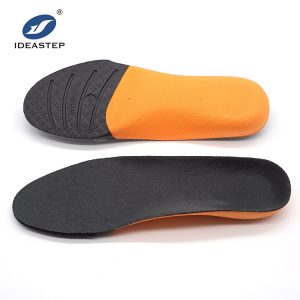
Flat feet, also known as fallen arches or pes planus, can sometimes lead to certain hazards or complications. Here are some potential hazards associated with flat feet:
1. Foot and ankle pain
Flat feet can cause pain and discomfort in the feet, especially in the arch area, heels, and ankles. The lack of arch support can strain the ligaments, tendons, and muscles in the foot, leading to pain and inflammation.
2. Overpronation
Individuals with flat feet may experience overpronation, which means the foot rolls inward excessively while walking or running. Overpronation can disrupt the natural alignment of the foot and lower leg, potentially causing additional strain on the feet, ankles, and knees. It may increase the risk of developing conditions like plantar fasciitis, shin splints, and Achilles tendonitis.
3. Reduced shock absorption
The arches in the feet act as natural shock absorbers, helping to distribute the impact forces evenly when walking, running, or jumping. Flat feet have less ability to absorb shock, which can lead to increased stress on the joints, especially in the ankles, knees, hips, and lower back. This can contribute to joint pain and discomfort.
4. Balance and stability issues
The lack of arch support in flat feet can affect balance and stability. It may make individuals more prone to trips, slips, and falls, particularly on uneven surfaces. Stability problems can be a concern during sports activities or any physical activities that require agility and coordination.
5. Development of other foot conditions
Flat feet can increase the likelihood of developing other foot conditions such as bunions, hammertoes, corns, calluses, and ingrown toenails. These conditions can arise due to altered foot mechanics and pressure distribution caused by flat feet.
6. Limited footwear options
People with flat feet may find it challenging to find comfortable footwear. Shoes without proper arch support may exacerbate foot pain and discomfort. Limited options for appropriate footwear can make it difficult to find good-fitting shoes, which can further contribute to foot problems.
It’s important to note that not all individuals with flat feet will experience these hazards, and some may not experience any symptoms or complications at all. If you have concerns about your flat feet or experience persistent pain, it’s advisable to consult with a healthcare professional, such as a podiatrist, who can provide a proper diagnosis and recommend appropriate treatments or interventions.
You may need an insole specifically designed for flat feet to improve your foot condition. Ideastep’s insole might meet your needs. Related product links: https://www.aideastep.com/product/orthotic-flat-feet-insole/
